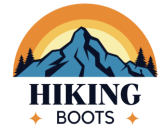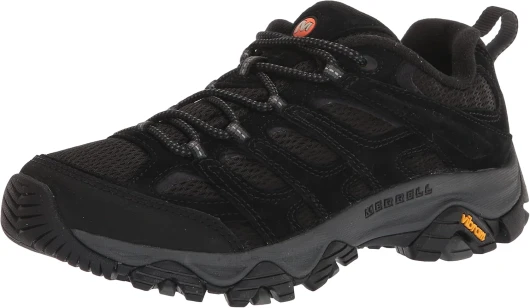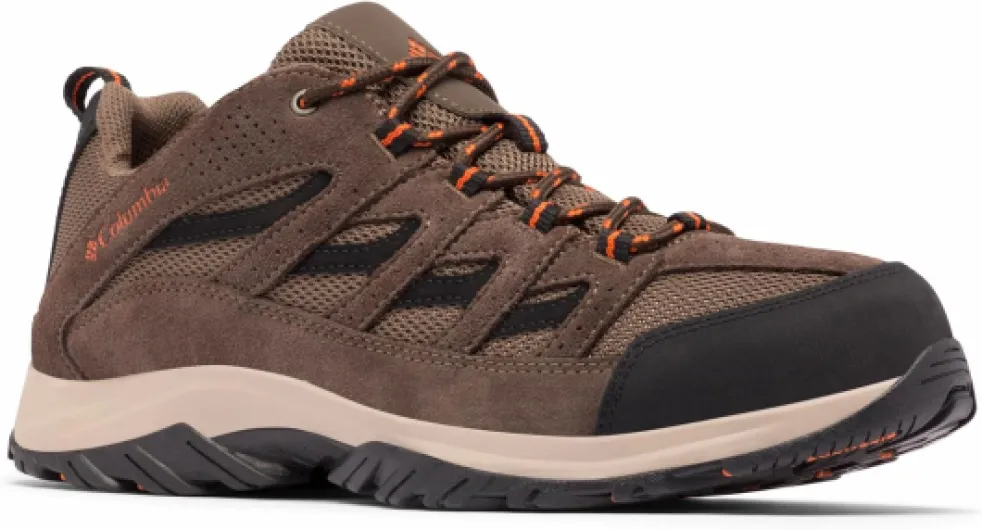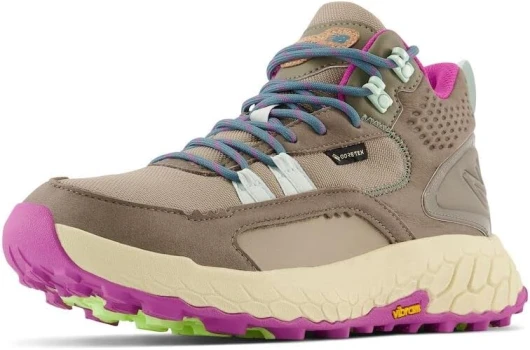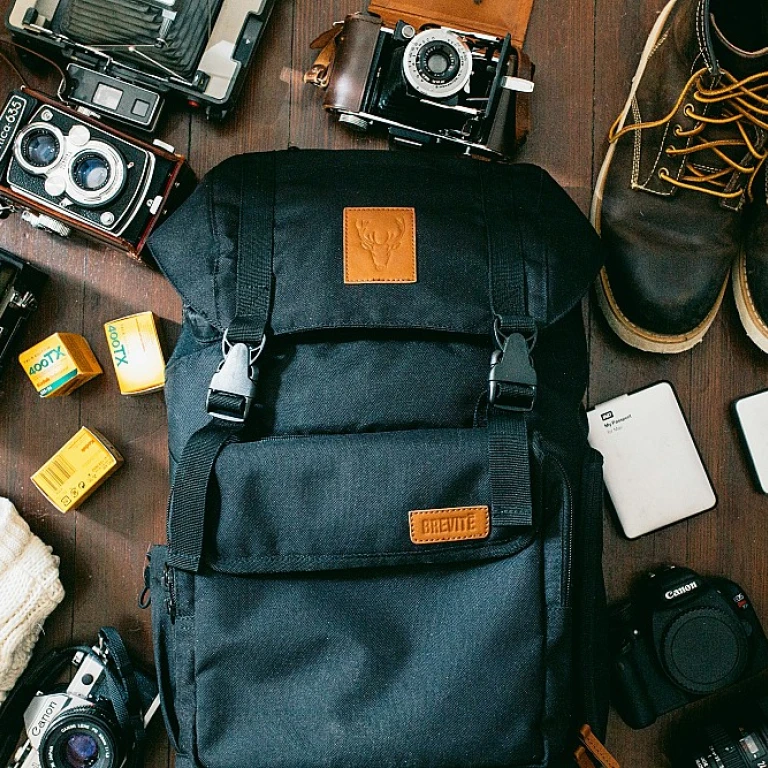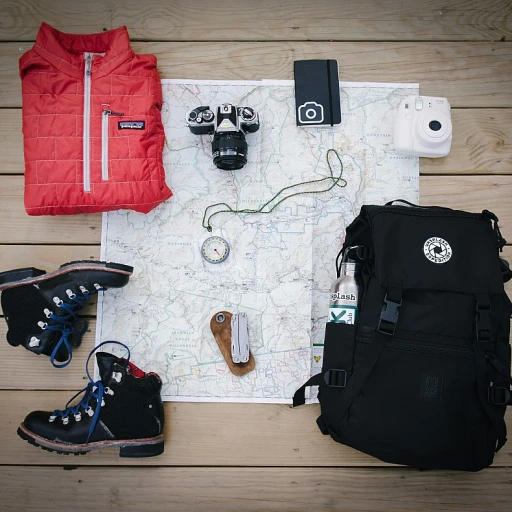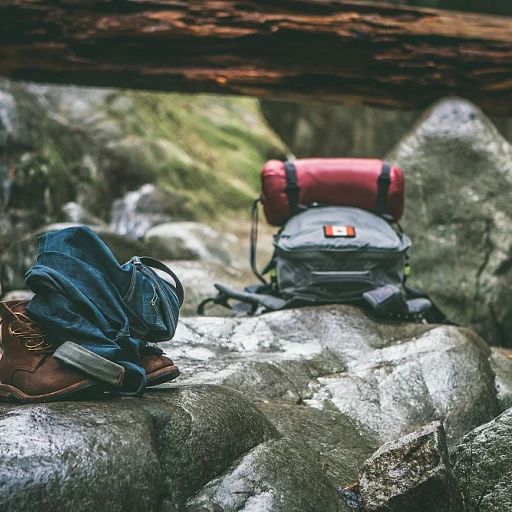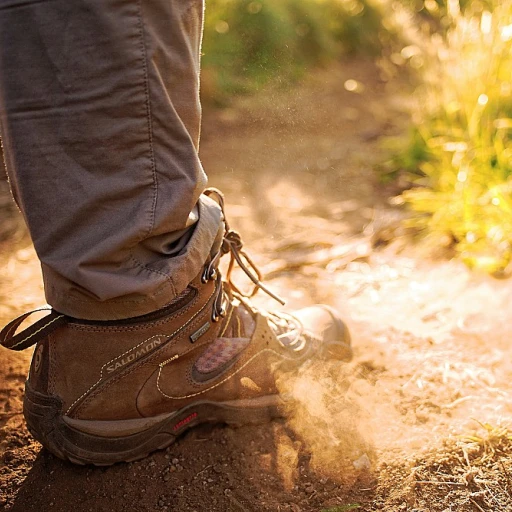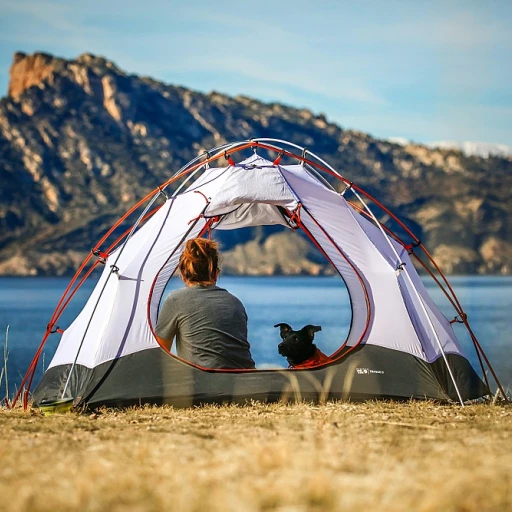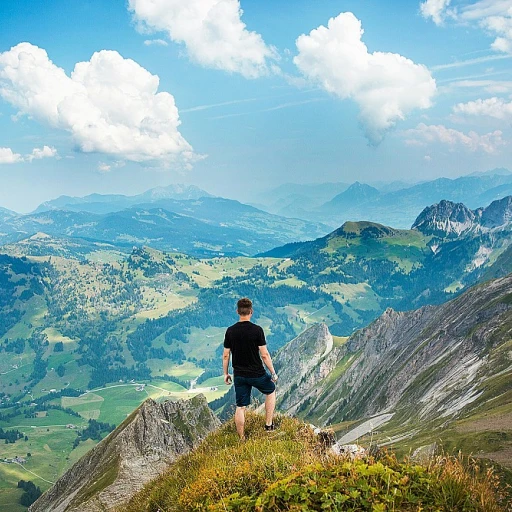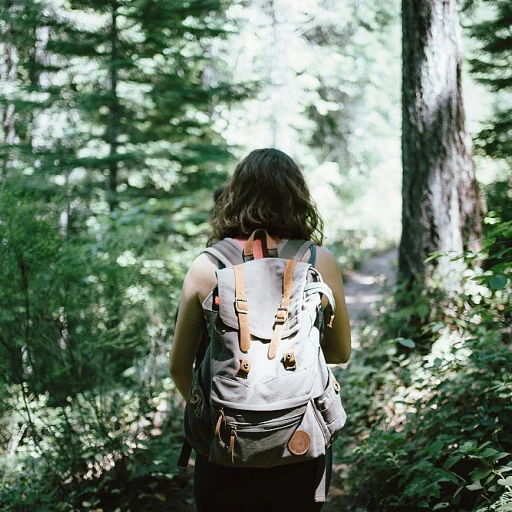
The Evolution of Hiking Footwear
The Ascension to Modern Hiking Footwear
The evolution of hiking footwear has been quite the journey. From classic leather designs to cutting-edge running shoe-inspired models, it’s astonishing to see how much technology and innovation have influenced the hiking boot market. The introduction of the Hoka brand into this sphere marked a significant shift, as it combined the brand's renowned comfort and support with traditional hiking boot features. Hiking boots have historically been constructed from durable materials such as leather, designed to withstand the unpredictable challenges of mountain and trail environments. Today, however, we see a fusion of traditional and modern materials like nubuck leather combined with modern waterproofing technologies such as Gore-Tex (GTX) membranes. Hoka’s line of hiking footwear, including popular models like the Anacapa and the Kaha, exemplifies this trend by integrating advanced cushioning systems with sturdy trail-ready designs. Moreover, the influence of trail running technologies cannot be overlooked. The best-in-class hiking boots today often share features with advanced running shoes, such as shock-absorbing soles and lightweight designs, aimed at providing greater comfort and reducing fatigue. Hoka, for example, has achieved a hybrid of sorts with its unique approach to heel and midsole cushioning, offering exceptional comfort during long hikes. The variety of shoe styles now available in the hiking market caters to a broad spectrum of hikers. From the Hoka Anacapa Low GTX to their Mid GTX variants, there is something for everyone looking for optimal fit and comfort on both casual trails and demanding terrains. With this progression, hikers and outdoor enthusiasts can now more easily find footwear tailored to their specific needs and preferences. While exploring the development of hiking footwear is fascinating, understanding the specific features that set Hoka hiking shoes apart is equally important. Additionally, choosing the right pair based on their performance in various terrains and user testimonials can significantly enhance your hiking experience. For those interested, this insightful article delves deeper into the benefits of composite toe gym shoes for outdoor enthusiasts, showing the breadth of choice beyond purely traditional hiking boots. This reflects the ever-expanding landscape of outdoor footwear options available today.Key Features of Hoka Hiking Shoes
Innovative Features That Define the Hoka Experience
Hoka hiking shoes have carved a niche for themselves in the outdoor footwear industry with their unique features designed to enhance comfort and performance—a focus that has elevated them in comparison to other brands with traditional offerings.
- Maximized Cushioning: The hallmark of Hoka footwear is its thick, cushioned soles, providing superior comfort during long treks. This feature cushions the heel and forefoot, minimizing strain on the feet over rugged terrain.
- Lightweight Construction: Hoka models like the Anacapa Low and Anacapa Mid GTX are lauded for their lightweight design. Unlike traditional hiking boots, these are more akin to trail running shoes, offering agility without sacrificing durability.
- Advanced Material Use: Incorporating Gore-Tex technology, models like the Hoka Kaha GTX ensure breathability and waterproof protection. Additionally, Nubuck leather is used in the upper parts for durability, while the Vibram Megagrip outsole maximizes traction on slippery surfaces.
Products such as the Anacapa Low GTX and Kaha GTX reflect these design elements, ensuring each step is supported, whether tackling a low-intensity trail or a challenging climb. For a comparison of how these features stack up against other top brands such as Merrell Moab and Salomon Ultra, check out exploring the best of Oboz hiking shoes.
Hoka's approach to combining the comfort of running shoes with the robustness expected from hiking boots makes them stand out in a crowded market, appealing particularly to women seeking the best fit and support for their outdoor adventures.
Performance in Various Terrains
Performance and Versatility Across Terrains
When it comes to tackling a variety of terrains, Hoka hiking shoes impress with their adaptability and robust design. Among the standout models, the Hoka Anacapa series, including the low GTX and mid GTX, offer exceptional versatility.
The integration of Gore-Tex technology ensures these hiking shoes are not only waterproof but also breathable, crucial for maintaining comfort and dryness during your treks. Whether traversing muddy paths or rocky trails, the waterproof layer keeps your feet dry.
The use of Vibram Megagrip outsoles highlights Hoka's commitment to superior traction. These outsoles enhance grip on slippery surfaces, such as wet rocks or loose gravel, making them ideal for various conditions. Therefore, you can confidently venture from forest paths to mountainous regions while trusting in your footwear's grip and stability.
Another key feature is the signature midsole cushioning, which reduces impact and offers outstanding support. This aspect is crucial during longer hikes or when carrying heavier loads, preventing fatigue and allowing for a smoother journey. It’s worth noting that by incorporating a meta-rocker design, Hoka shoes facilitate natural heel-to-toe movements, boosting efficiency during hikes.
Considering the needs of women hikers, the Anacapa offers variations with tailored fits, ensuring that everyone, whether opting for the kaha GTX or anacapa mid, finds the right balance of comfort and support.
Those familiar with other brands may notice distinctions compared to models like the Merrell Moab or the Salomon Ultra, which can be more rigid. However, the flexibility and lightweight nature of Hoka options might cater better to those prioritizing comfort and versatility.
These innovative designs are the result of an evolution in hiking footwear, enhancing the overall hiking experience across various landscapes.
Comparing Hoka with Other Brands
Comparative Elements in Hiking Footwear
When evaluating hiking shoes, the brand Hoka often leaps to the forefront of the conversation. Their unique approach to hiking boots is well-illustrated with models like the Hoka Anacapa, which cater to a variety of terrains and preferences. However, the comparison is not complete without considering other contenders in the market such as the Merrell Moab and Salomon Ultra.
One standout feature of the Hoka hiking boots, particularly the Anacapa Low GTX and Anacapa Mid GTX, is their exceptional midsole cushioning. This aspect often appeals to those looking for comfort over long trails. In contrast, brands such as Merrell with their Moab series focus more on a traditional hiking shoe experience, which includes a more rigid sole for better stability on rocky terrains.
The waterproof capabilities provided by Gore-Tex in Hoka’s models ensure your feet stay dry, a feature that is highly valued among hikers. While the Salomon Ultra series also offers competitive waterproofing, Hoka's combination with their unique foam construction tends to provide an edge in comfort, making them a favored pick for many.
A notable design element in Hoka boots is their Vibram Megagrip outsole used in models like the Hoka Kaha GTX. This material offers excellent grip and durability, which is especially important when navigating treacherous trails. Although Merrell and Salomon both utilize advanced grip technologies, Hoka’s synthesis with its cushioning enhances overall trail performance.
Furthermore, when considering customizability and fit, Hoka goes a step further by offering varied designs and fits, ensuring that options like the Anacapa Mid or the Hoka Kaha cater to both men and women with suitable fits for different foot shapes.
Lastly, for users prioritizing support and heel stability, Hoka’s extensive focus on cushioning does not sacrifice on these fronts. The Kaha GTX in particular provides robust ankle support without compromising on flexibility, setting it apart in comparison to the stiffer boots by other brands.
In conclusion, while each brand has its strengths, many find the best hiking experience with Hoka due to its unique balance of comfort, fit, and terrain adaptability. It caters excellently to those seeking advanced support while still prioritizing cushioning. Exploring the versatility among hiking boots? Check out the best options available to find the right fit for your adventure.
User Experiences and Testimonials
Insights from the Trail: Real Experiences with Hoka Hiking Shoes
Amid the rapidly evolving landscape of hiking footwear, the feedback from users who have ventured onto trails with Hoka hiking shoes offers invaluable insights. These testimonials highlight the diverse performance, comfort, and support features that set Hoka apart. For many enthusiasts, the Hoka Anacapa boots and shoes stand out due to their robust traction and exceptional cushioning. Users who have tried the Anacapa Mid GTX appreciate the boot’s waterproof capabilities, thanks to the use of Gore-Tex technology. This feature ensures dry feet in wet conditions, making it a popular choice for diverse terrains. Trail experiences often emphasize the importance of fit and comfort, areas where Hoka seems to excel. The Anacapa Low GTX receives praise for its snug fit and breathability. Hikers have particularly noted that the boot accommodates varying foot shapes, providing stability and reducing fatigue, even across long hikes. Hoka Kaha GTX, favored by those seeking support on rugged terrains, is commended for its durable Vibram MegaGrip soles. The heel support offered by this model caters to those who prioritize balance in challenging environments. For those accustomed to brands like Merrell Moab and Salomon Ultra, the transition to Hoka is often described as a refreshing blend of new technology and comfort. These experiences contribute to the ever-evolving understanding of hiking footwear needs. They underscore the brand's commitment to merging trail running technology with hiking boot features, a blend that resonates with both beginners and seasoned outdoor enthusiasts alike. In essence, Hoka hiking shoes have built a reputation not only on innovative design but also on genuine user endorsements that speak to their quality and reliability on the trail.Choosing the Right Hoka Model for Your Needs
Finding the Perfect Hoka Model for Your Adventure
Choosing the right pair of Hoka hiking boots or shoes is more than just a fashion statement; it's about ensuring comfort and performance on the trail. Various factors play into picking the ideal model that matches your hiking aspirations.- Terrain Compatibility: Hoka offers several options that cater to different terrains, from the Hoka Anacapa low GTX, which boasts low-cut versatility for easier trails, to the Hoka Kaha GTX, providing robust support and waterproof capabilities with its Nubuck leather construction and Gore-Tex lining for more challenging environments.
- Waterproofing Needs: If your hiking involves wet conditions, the Anacapa mid GTX comes highly recommended. Its trail-ready design ensures your feet stay dry, thanks to its waterproof membrane.
- Running Shoe Versatility: For those who enjoy blending hiking with trail running, consider models with Vibram MegaGrip outsoles. These not only provide superior traction but also offer the flexibility akin to running shoes, bridging a unique gap.
- Foot Support and Comfort: The right fit is indispensable for long hikes. Opt for a model with enhanced heel and arch support, reducing fatigue. Women's models are specifically designed to accommodate different foot shapes, ensuring a personalized fit.
- Durability vs. Lightweight: While some may prefer durable boots like the Merrell Moab, others might lean towards the best hiking models like the Hoka Kaha for balancing strength without the bulk. It's instrumental to evaluate how much weight you're comfortable carrying on your feet, ensuring that performance and comfort are in harmony.
